Have you ever encountered a product, service, or idea from another country and thought, “Why isn’t this everywhere?” From ingenious time-saving tools to community-driven concepts, the world is brimming with practical innovations and traditions that could make life easier, better, or more interesting.
This list reveals 15 remarkable things from different cultures and places that truly deserve global recognition. Some are cutting-edge technologies, while others are simple yet impactful ideas that have stood the test of time. Ready to explore how the world’s best-kept secrets could transform our everyday lives? Keep reading to find out which game-changing ideas should go global.
#1. Movie Theater Gym

Imagine combining the thrill of watching movies with the benefits of a workout. Movie theater gyms represent a revolutionary concept that transforms passive entertainment into an active experience. Fitness enthusiasts and cinema lovers can now enjoy their favorite films while staying in motion. Specialized exercise equipment replaces traditional seating, allowing viewers to pedal stationary bikes, use elliptical machines, or engage in light workouts during screenings.
This innovative approach solves multiple challenges simultaneously. People struggling to find time for exercise can now multitask efficiently. Sedentary movie-watching becomes a calorie-burning activity. Specialized theaters would feature low-noise equipment, adjustable resistance levels, and carefully designed viewing angles. Wireless headphones ensure sound quality while preventing disturbance to other participants.
Potential health benefits are substantial. Regular movie workouts could help combat obesity, improve cardiovascular health, and make fitness more engaging. The concept transforms a typically passive activity into an interactive, health-promoting experience that appeals to multiple demographics.
#2. Self Checkout Carts

Shopping experiences are getting smarter with self-checkout carts. These technological marvels eliminate traditional checkout hassles by directly integrating scanning, payment, and tracking capabilities into the shopping cart. Customers can scan items as they shop, keep track of spending in real time, and complete transactions without waiting in long lines.
Advanced sensors and integrated screens make shopping more efficient and enjoyable. Shoppers can access instant price comparisons, receive personalized recommendations, and manage their budgets effortlessly. The technology reduces staff workload while giving customers greater control and transparency during their shopping journey.
Accessibility stands out as a key advantage. People with mobility challenges or time constraints can navigate stores more independently. Reduced human interaction also appeals to those preferring a more streamlined shopping experience. Retailers benefit from decreased checkout times, lower labor costs, and improved customer satisfaction.
#3. Buzzer Linked to a Waiter’s Smart Watch
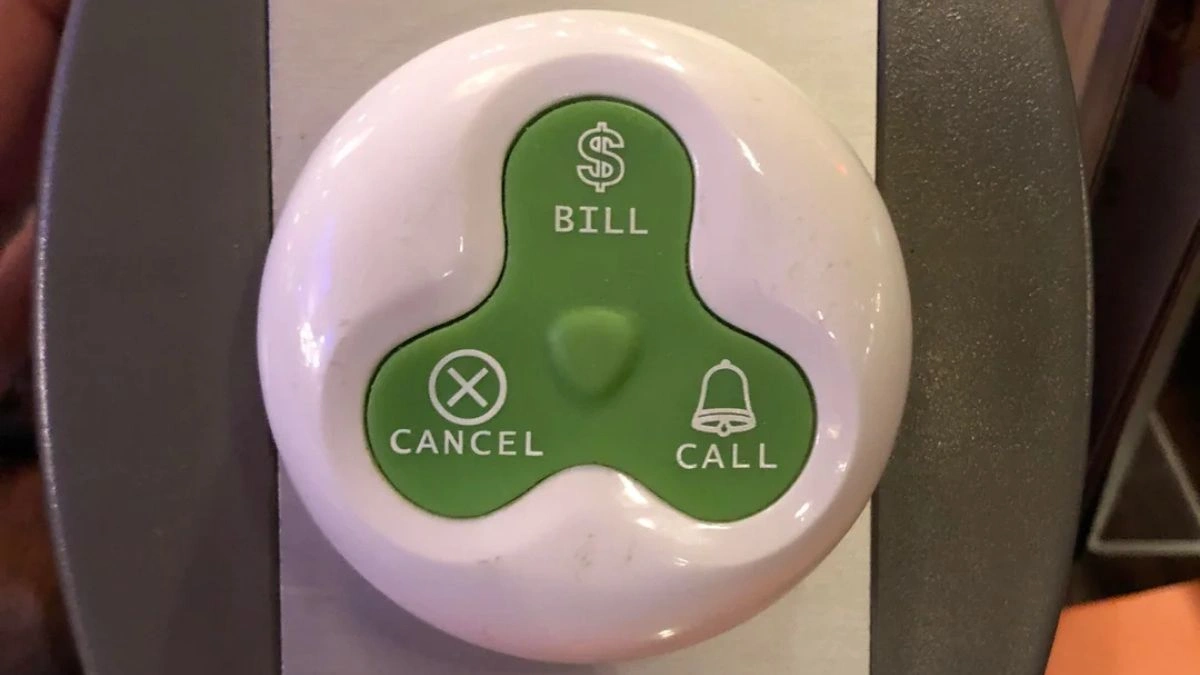
Restaurant communication takes a technological leap with smart watch-connected service buzzers. Customers can discreetly signal servers without loud interruptions or extended waiting times. Waitstaff receive instant, precise notifications directly on their wristwatches, enabling faster and more efficient service.
This system transforms dining experiences by minimizing communication barriers. Servers can quickly respond to requests, track table needs, and manage multiple sections more effectively. Customers gain greater control over their dining experience, reducing frustration associated with traditional methods of attracting staff attention.
Restaurants implementing this technology can improve overall service quality, reduce response times, and create a more personalized dining environment. The innovation particularly benefits establishments with high customer traffic or complex seating arrangements.
#4. Bike Helmet Police For Kids

In Sweden, the bike helmet police initiative engages children in road safety through a unique approach. Kids receive special badges and vests, letting them playfully remind peers about helmet safety. Young volunteers work alongside real police officers during specific times. The program builds positive relationships between children and law enforcement.
Schools integrate this activity into their safety curriculum, making it educational and fun. Local communities report increased helmet usage among children since starting this program. The volunteer kids learn leadership skills while promoting safety awareness. Parents appreciate the peer-to-peer influence, which proves more effective than adult warnings.
Officers teach proper helmet fitting during these sessions. Small rewards encourage consistent helmet use among participants. Statistics show fewer cycling-related head injuries in areas with this program. Norwegian cities adopted similar programs after seeing Sweden’s success.
#5. Pen That Tells You How Many Pages Left To Write

Writing becomes more strategic with intelligent pens tracking remaining page space. These innovative writing tools feature built-in sensors that calculate available writing area, helping users manage their note-taking more effectively. Students, professionals, and creative individuals can now plan their writing more precisely.
Integrated display technology shows real-time information about remaining page space, preventing unexpected interruptions or awkward page transitions. Writers can optimize note-taking, ensure consistent writing density, and maintain neat, organized documentation. The technology appeals to those who value precision and efficiency in their writing process.
Beyond practical applications, such pens encourage more mindful writing practices. Users become more conscious of their writing habits, space utilization, and documentation strategies. The innovation represents a small but significant step towards more intelligent, user-friendly writing tools.
#6. Clear Lids For Canned Products

Using clear lids on canned products transforms the shopping experience. Shoppers can instantly view the contents without opening the can. Many European countries have adopted this smart packaging solution. The transparency helps buyers make informed decisions about freshness and quality. Glass or transparent plastic lids reveal the color, size, and condition of foods inside.
Norwegian seafood companies pioneered this approach with their canned fish products. The visual confirmation reduces food waste since people buy exactly what they need. Japanese markets showcase fruits and vegetables in clear-topped cans, setting quality standards high. The innovation also helps people with dietary restrictions quickly identify suitable products.
Clear tops make inventory management simpler at home. Food safety improves as consumers spot any unusual changes before opening. This practical design saves time and prevents disappointment from misleading label images.
#7. Batteries With USB Port For Recharging
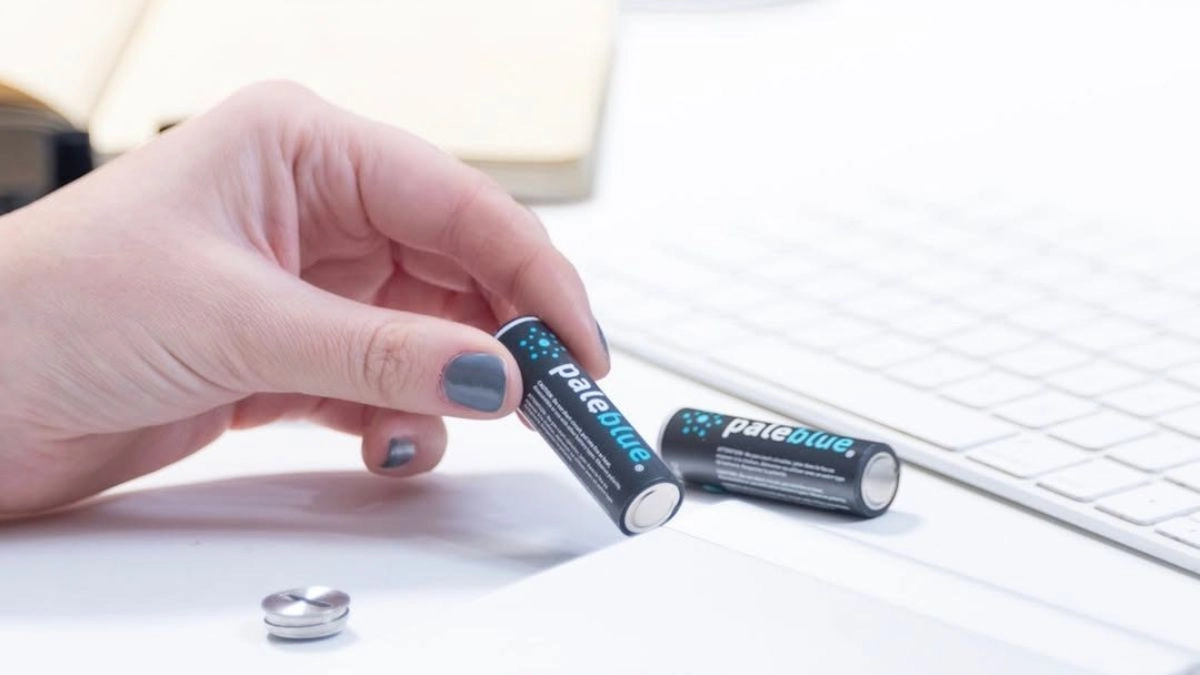
Rechargeable batteries with built-in USB ports offer convenience and sustainability. South Korean tech companies introduced this eco-friendly solution. The batteries work like power banks, charging through standard USB cables. Users save money by recharging instead of buying new batteries.
LED indicators show charging status clearly. The batteries last hundreds of charging cycles, reducing electronic waste significantly. Swedish designers added safety features preventing overcharging. Quick charging technology lets these batteries power up in just two hours. The universal USB connection means no special chargers needed. Office workers appreciate the desk-friendly charging option. Environmental impact decreases as fewer disposable batteries reach landfills.
The technology works with various battery sizes, from AAA to D. Storage becomes simpler since one cable charges multiple batteries. German engineering enhanced the battery life span through smart charge management.
#8. Pet-friendly Shopping Carts

Pet-friendly shopping carts enhance retail experiences for animal lovers. Australian markets started this trend, creating special compartments for pets. The carts feature secure, ventilated spaces keeping pets comfortable. Shoppers enjoy stress-free trips without leaving furry friends home alone.
The design includes safety harness attachments preventing escapes. Clean, antimicrobial surfaces maintain hygiene standards. Canadian stores added cushioned floors for pet comfort. The carts accommodate various pet sizes, from small cats to medium dogs. Store atmospheres become more welcoming and social. Pet owners save time by combining shopping with pet care. Brazilian designers included water bottle holders for pets.
The innovation encourages responsible pet ownership. Shopping has become more enjoyable for both humans and animals. Retail spaces transform into pet-inclusive environments. The specialized carts build customer loyalty among pet owners.
#9. Chart That Shows When Local Produce Is In Season
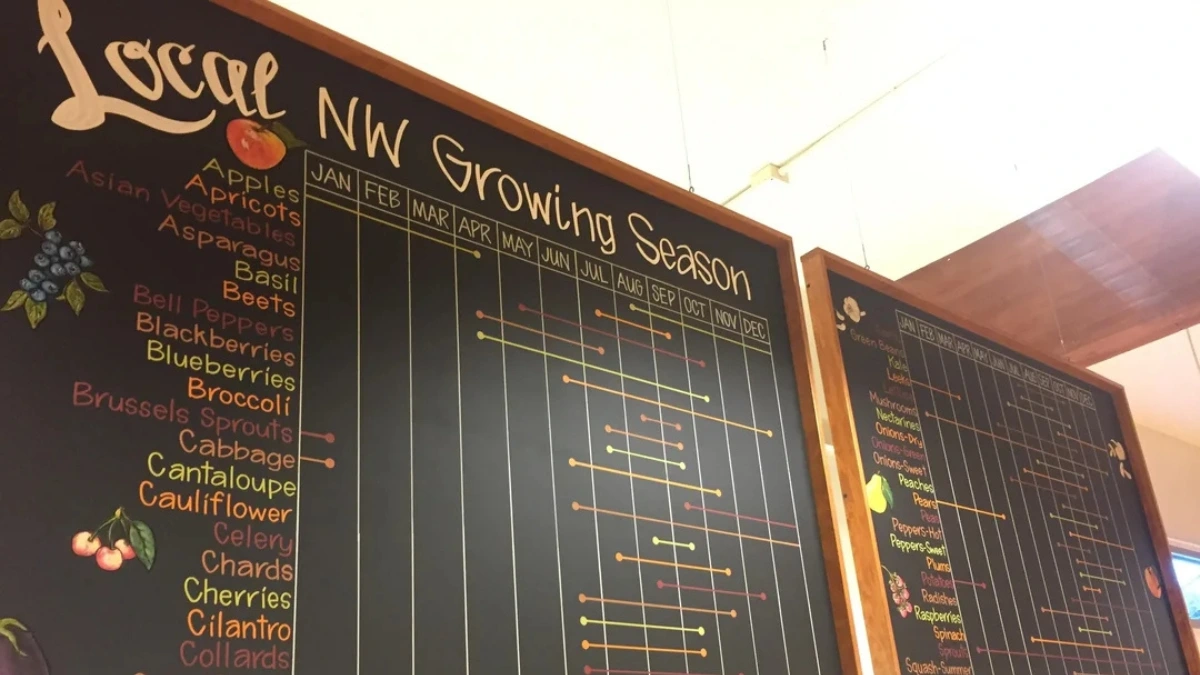
Seasonal produce charts guide consumers toward fresh, affordable options. French markets display these informative guides prominently. The charts help shoppers make sustainable food choices. Local growing seasons determine optimal purchase times. Understanding harvest periods leads to better meal planning.
Italian grocers color-code their charts for easy reading. The visual guides promote a connection with local agriculture. Shoppers learn about regional farming patterns. Price-conscious consumers save money buying in-season products. Spanish markets include storage tips for each produce type. The charts encourage support for local farmers. Educational aspects help children understand food sources.
Regional variations reflect unique growing conditions. Japanese stores update their charts monthly with price trends. The system reduces food miles and supports environmental sustainability.
#10. Elevator With Foot Buttons
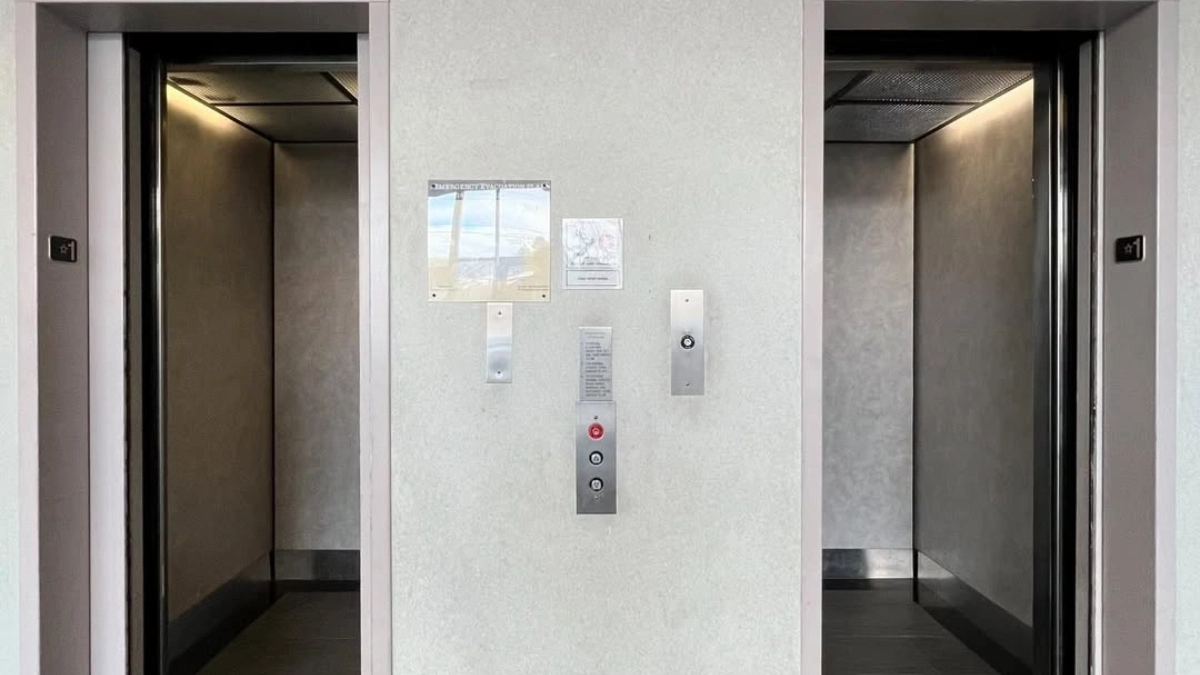
Foot-operated elevator controls improve hygiene and accessibility. Thai office buildings pioneered this hands-free innovation. The buttons respond to gentle foot pressure, making them practical for everyone. Users appreciate the option during flu seasons.
Building managers report fewer maintenance calls for button repairs. Finnish designers created durable, water-resistant foot panels. The system helps people carrying packages or using mobile phones. Emergency controls remain at hand level for safety. Installation costs compare favorably to traditional buttons. Malaysian hospitals adopted this technology to reduce infection spread.
The controls work well with both dress shoes and casual footwear. Cleaning staff find the surfaces easier to sanitize. Users avoid touching potentially contaminated surfaces. The design includes braille markings at foot level. Swiss engineers added LED confirmation lights above each pedal.
#11. Sticker That Shows When To Eat

Smart stickers on food packages track freshness accurately. Japanese retailers launched this technology to reduce waste. The color-changing labels respond to temperature and time exposure. Consumers easily spot when food needs eating soon. Traditional expiry dates often lead to premature disposal. These dynamic indicators account for storage conditions.
French supermarkets report 30% less food waste using these labels. The stickers work on various food types, from dairy to meat products. Temperature abuse shows up clearly through color changes. Australian stores combine these with QR codes for detailed food history. The technology costs just cents per package but saves dollars in waste. Households manage their food better with visual freshness cues.
Norwegian scientists enhanced the accuracy through multiple sensing layers. The stickers remain effective throughout the product’s journey from store to home. Simple color guides make freshness checking quick and reliable.
#12. Free Wine Chilling Service
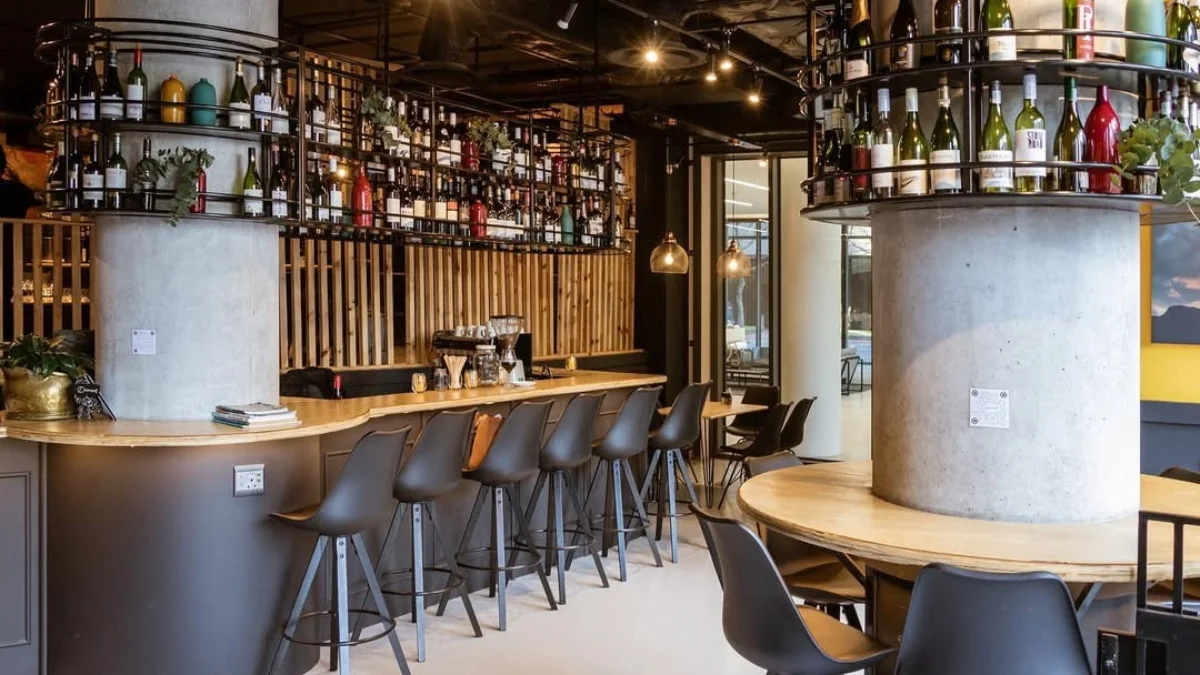
Italian restaurants elevate dining through complimentary wine chilling. Customers bring their bottles and enjoy them at optimal temperatures. Professional wine coolers maintain precise serving conditions. Staff monitor temperatures using digital thermometers. The service encourages wine enthusiasm without expensive markups. Spanish bars started this trend to support local wine culture.
Diners learn about proper serving temperatures while waiting. Storage lockers keep bottles secure and organized. The service builds customer loyalty through added value. French cafes expanded this to include champagne and sparkling wines. Temperature charts help customers understand wine serving basics.
Regular patrons appreciate having their favorite wines ready. The service creates a welcoming atmosphere for wine lovers. Portuguese restaurants include basic wine education with the service. Community wine culture grows through shared knowledge.
#13. Ride Menu

Brazilian taxi services introduced detailed ride menus for transparency. Passengers choose routes based on time, scenery, or cost. The menu shows estimated prices for popular destinations. Real-time traffic updates help riders make informed choices. Multiple route options give travelers control over their journey. Singapore’s transport system added weather considerations to their menus.
Tourists appreciate having clear pricing before starting trips. Regular commuters save money by choosing efficient routes. The menus include photos of landmarks along scenic routes. Mexican ride services highlight cultural spots on their menu options. Different vehicle types appear with corresponding prices.
Rush-hour alternatives show up clearly on digital displays. Comfort levels match with price points for each option. Korean taxis include language options for international travelers. The system reduces haggling and builds trust.
#14. Split Bill Calculator

Dutch restaurants simplify group dining with built-in bill splitters. The system accounts for shared items fairly. Digital displays show individual portions clearly. Friends split costs without awkward conversations. The calculator considers different tax rates for food and drinks.
Swedish cafes added percentage-based tip calculations. Each diner sees their share on personal screens. The technology handles complex splitting scenarios easily. Group organizers appreciate the stress-free payment process. British pubs integrated this with payment apps for convenience.
The calculator remembers regular group preferences. Special occasions become more enjoyable without payment hassles. German restaurants include drink tabs in real-time calculations. The system works smoothly for both small and large groups. Quick calculations keep service moving efficiently.
#15. Selling School Leftovers At The End Of The Day

Finnish schools reduce waste by selling extra cafeteria food. Residents enjoy quality meals at reduced prices. The program teaches students about sustainability. Community members connect with schools through daily visits. Fresh food finds homes instead of waste bins.
Danish education centers expanded this to include weekend meals. The system uses apps to notify nearby residents. Environmental impact decreases significantly through this practice. School budgets benefit from additional revenue streams. Swiss schools include recipe cards with leftover sales.
The practice builds stronger community relationships. Students learn practical lessons about food waste. Local elderly residents find affordable, nutritious options. Canadian schools donate unsold portions to food banks. The program creates win-win situations for everyone involved.
